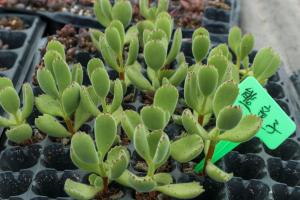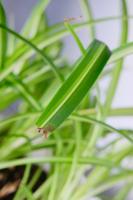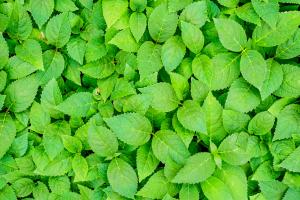Sowing and propagation
In the middle of April, elm trees will be harvested when they change from green to light yellow, and sown in time after drying in the shade. It is generally sown in strips with a row spacing of 30 cm, covered with 1 cm of soil and compacted. Because the germination is in the dry and high-temperature season, it is best to cover another 3 cm of soil to moisturize, and flatten it with a rake when germination. About 4kg seeds are needed per mu. The seedling height is about 10 cm, and the inter seedling is 10-20 cm
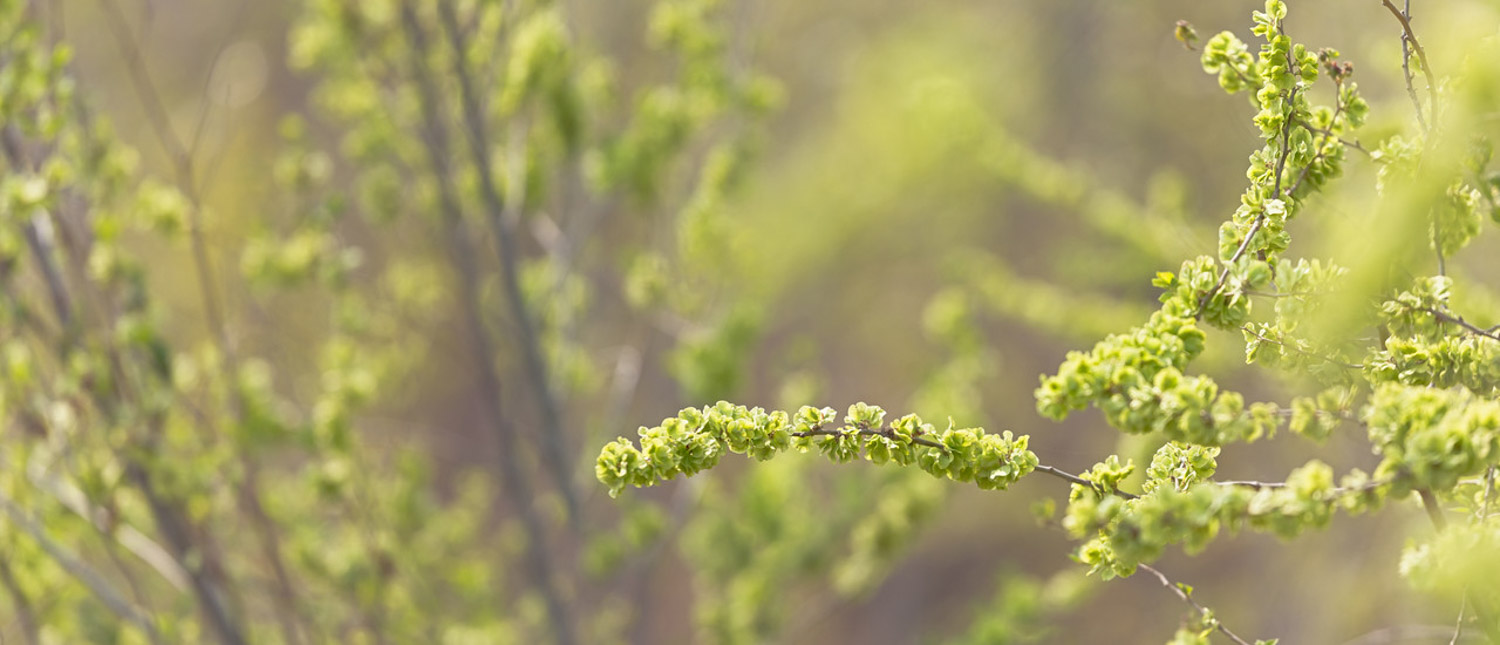
Cutting propagation
Cutting can be carried out after falling leaves in autumn and before sprouting in spring
Prepare the ground for bed
Whether it is planted in autumn or spring, the nursery land needs to be deeply turned (about 25cm) and finely adjusted, the soil is disinfected, and enough base fertilizer is applied. When cutting in spring, it is best to fill the nursery with enough bottom water in winter, and plough deep into the bed the next spring
Strip cutting and ear cutting
Cutting in autumn should be carried out with cutting and cutting; In spring, when cutting, the seed strips can be stored in winter or cut with picking. Select strong strips with a length of more than 0.5cm and connect them into cuttings with a length of 15 ~ 20cm. The upper cutting mouth should be cut flat, and the lower cutting mouth should be cut into horse ear shape near the bud hole, which is conducive to Cutting Rooting
Cutting: the cutting plant spacing is 20cm and the row spacing is 30cm. The scions are slightly exposed to the ground, covered with soil, compacted and irrigated with water
More irrigation in the early stage
Water will affect the rooting survival of cuttings to a great extent. Cutting can take root only after one month. Therefore, more irrigation is needed to promote rooting and survival after cutting and before rooting
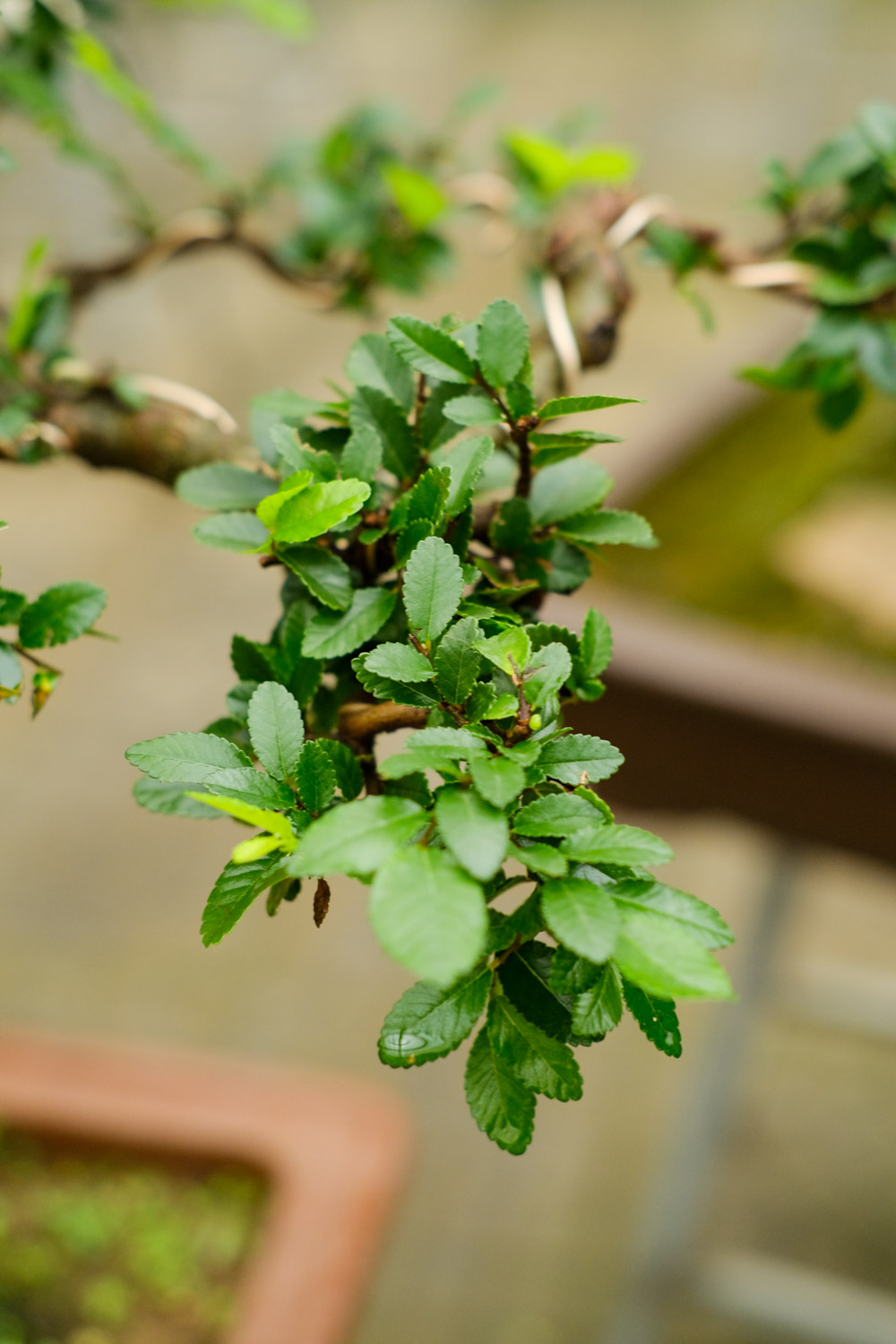
Grafting propagation
When the buds sprout in the middle of March, cut them at the smooth place of about 2 meters of the rootstock. The scion is about 5 cm long. Each ear retains 2 ~ 3 full buds. Cut a horse ear shape at the lower part, with a face length of 2.5 cm. It is formed by partial wedge under the back of the cut face. Insert the cut scion vertically between the cortex and xylem, and then wrap it tightly with plastic cloth

 how many times do yo...
how many times do yo... how many planted tre...
how many planted tre... how many pine trees ...
how many pine trees ... how many pecan trees...
how many pecan trees... how many plants comp...
how many plants comp... how many plants can ...
how many plants can ... how many plants and ...
how many plants and ... how many pepper plan...
how many pepper plan...


